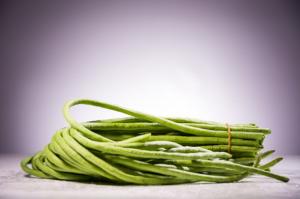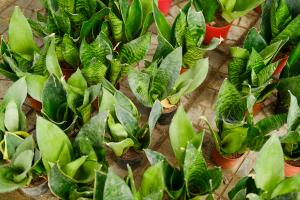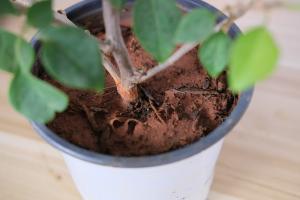How to Watercolor Indoor Plants
Watercolor painting has long been a popular art form because of the vibrancy and beauty it brings to any subject. One subject that can be particularly striking in watercolor is indoor plants. Whether you're a beginner or experienced painter, here are some tips on how to watercolor your indoor plants.
Choose Your Subject
First and foremost, choose your subject. Look around your house and see which plants capture your attention. Take the time to really observe the details of each plant – the shape of the leaves, the way the light hits them, the colors and textures. Take pictures if you need to reference later.
Set Up Your Workstation
Next, set up your workstation. You'll need watercolor paints, brushes, paper, a cup of water, and a palette. Make sure you're working in a well-lit area with plenty of natural light. If your plant is in a dimly lit area or you're working at night, consider adding an extra light source.
Sketch Your Subject
Before you start painting, sketch out your subject on paper. This will serve as a guide for you as you paint. Use a pencil to lightly sketch out the basic shape of the plant and any major details you want to capture. Don't worry about being too detailed at this point.
Paint the Background
Once you have your subject sketched out, it's time to start painting. Begin by painting the background. Look at the colors in the plant and choose a color that complements it. Use a large brush and broad strokes to paint the background. Be sure to keep the paint thin so it doesn't run or bleed.
Paint the Plant
After the background has dried, it's time to start painting the plant itself. Use a smaller brush for this step and work in sections. Start with the larger areas of the plant and work your way to the smaller details. Use a light touch to create layers of color and texture. Don't forget to leave white space to add depth and dimension to your painting.
Detail the Plant
Once you've painted the main areas of the plant, it's time to add detail. Use a small brush to add depth to the leaves and flowers. Pay close attention to the veins in the leaves, the shadows, and highlights. Take your time to ensure that each detail is carefully crafted and adds to the overall beauty of your painting.
Final Touches
Once you're happy with your painting, add any final touches. This could be adding in more color, adjusting the highlights and shadows, or adding in any additional details that you may have noticed as you worked. Step back and look at your work from a distance to make sure everything flows well together.
Watercoloring indoor plants can be a fun and rewarding way to capture the beauty of your houseplants. Take your time, observe your subject, and enjoy the process of creating something truly unique and beautiful.

 how many times do yo...
how many times do yo... how many planted tre...
how many planted tre... how many pine trees ...
how many pine trees ... how many pecan trees...
how many pecan trees... how many plants comp...
how many plants comp... how many plants can ...
how many plants can ... how many plants and ...
how many plants and ... how many pepper plan...
how many pepper plan...
































